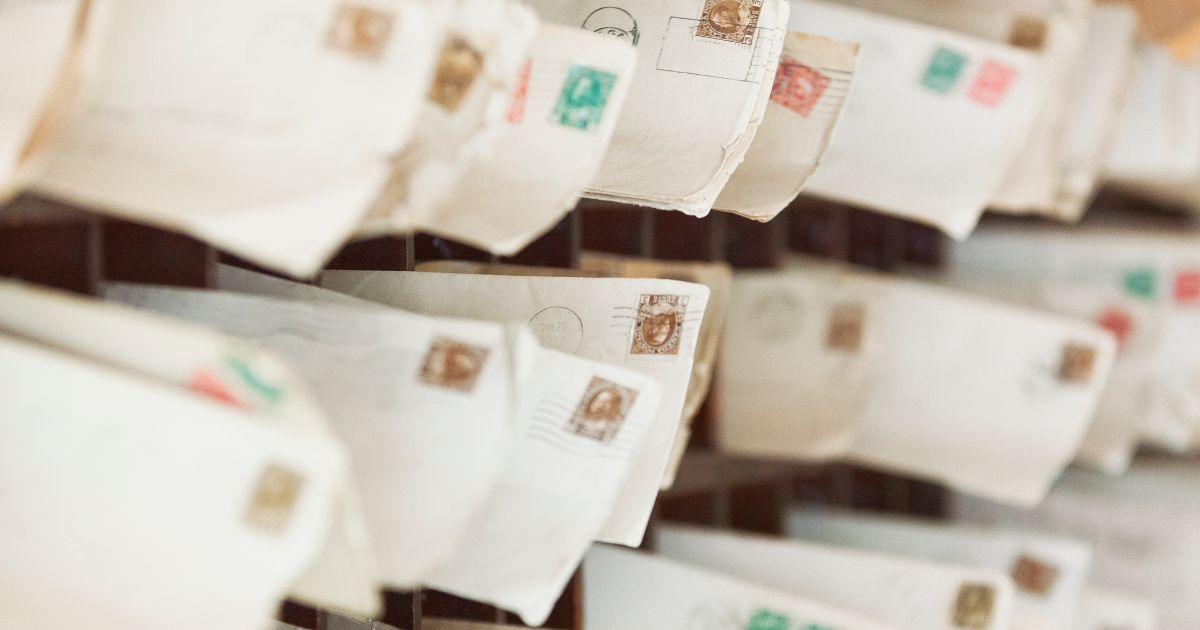How to learn hand embroidery faster? ⏱🧵🌠
Hi, Reader,
One of the questions I often get is how to find time for stitching and learn it faster?
My short answer is: Well, hand embroidery is a slow craft by its nature, and the only way to learn it is with slow but constant practice.
My longer answer consists of some tips to help you speed up the learning process:
Start with the basics
Choose Simple Stitches: Begin with foundational stitches like Running stitch, Backstitch, Satin stitch, French knots, and Chain stitch.
Use Tutorials: Watch beginner videos or follow step-by-step illustrated guides demonstrating these stitches.
You can watch a video tutorial on Five Essential Hand Embroidery Stitches on my YouTube channel. You can also pick the stitches from the “Stitch Library A-Z” on the blog and learn them with step-by-step tutorials.
Pick the right tools
Do not ruin your stitching experience with low-quality tools and materials. Hand embroidery requires little, so get the best hoop you can find, quality fabric, threads, and sharp needles. The price difference is slight, but the feeling when you stitch with a good needle and thread makes the difference. If you need help choosing tools and materials, my favorite hand embroidery supplies are listed on the blog.
Practice
Focus on small projects: Start with small, quick projects like samplers, bookmarks, or simple designs on clothing. This lets you master each stitch without feeling overwhelmed.
Set a routine: Dedicate 15-30 minutes daily to practice. Consistency is key to improving your technique fast.
Combine stitches: Once comfortable with individual stitches, combine them in simple patterns to develop versatility.
Master thread tension: Pay attention to the tension in your thread as you stitch. Keeping it consistent will prevent puckering or loose stitches. The more consistent your practice, the better control over the tension of the thread you will develop.
Some simple projects to start with:
 How to make hand embroidered birthday card
How to make hand embroidered birthday card Candy heart embroidery tutorial
Candy heart embroidery tutorial Scented sachets with a floral embroidery
Scented sachets with a floral embroidery
Analyze & correct mistakes
Keep notes of the project you embroider. Pay attention to which stitches you like the most and least. Try to analyze why. Is it the technique or the lack of practice?
Don’t be afraid to unpick stitches and redo them when needed. This is the fastest way to improve and understand what went wrong.
Write down how long it takes to stitch each project and which color combinations you like the most. These notes can be a valuable source of information when planning future projects.
You can use my Embroidery Planner to keep all the notes about the project in one place.
Expand gradually
Once you feel confident with basic stitches, try adding more advanced ones, like Feather stitch, Blanket stitch, or even Bullion knots, to your repertoire. Choose a new stitch and play with it for a while. When you feel confident, incorporate the new stitch in your projects or choose the pattern that uses it.
Some more advanced projects to practice:
 Six Bullion stitch flowers
Six Bullion stitch flowers Embroidered tote bag with Cute ghost embroidery
Embroidered tote bag with Cute ghost embroidery Christmas card embroidery tutorial
Christmas card embroidery tutorial
By starting with small, focused projects and committing to regular practice, you’ll quickly develop the skills you need to embroider with confidence!
See you next week!
Tatjana
Latest on the Blog
Gifts for embroiderers: The ultimate guide to choosing the perfect present

